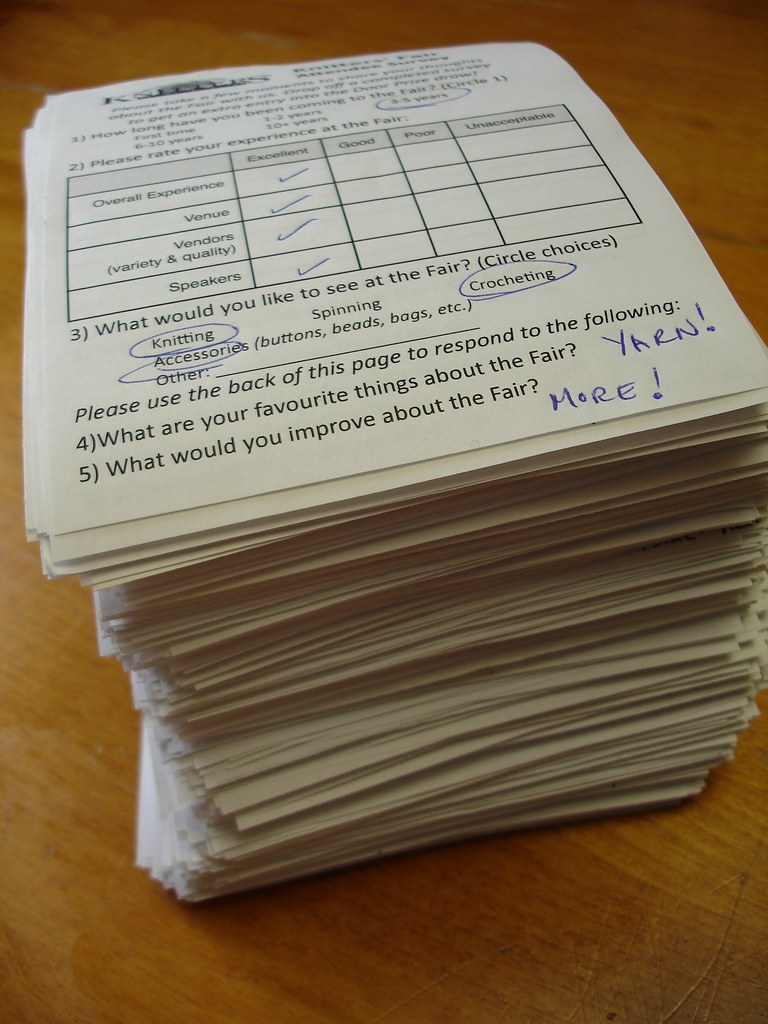Current context:
The latest survey of household consumption expenditure, released by the statistics office, reveals promising trends in India’s poverty landscape.
About current context:
- According to the Niti Aayog CEO, rural consumption has remained robust, narrowing the gap with urban areas.
- The urban-rural consumption divide has decreased to 71% in 2022-23, indicating a decline in inequality, despite rural households’ food spending dropping below 50% of their total expenditure.
- As a result, the poverty level in the country could be as low as 5% or even less.
- The NITI Aayog Task force in India estimates poverty using data from the National Sample Survey Office.
Here are the key points to consider:
- Robust Rural Consumption: The survey data shows a significant improvement in rural consumption, reducing poverty levels by bridging the gap between urban and rural areas.
- Vanishing Rural Deprivation: The data indicates that rural deprivation has nearly disappeared, indicating improved living conditions and economic well-being among more people in rural India.
- Implications for RBI: The RBI’s interest rate decisions may be influenced by the decrease in food and cereals’ share in the retail inflation index, as rural consumption strengthens.
- Data Clarity: The survey provides clarity about the state of the rural economy, dispelling doubts and offering a more accurate picture of poverty levels.
What is poverty?
- Poverty is a state where individuals or groups lack resources for basic needs like food, shelter, clothing, healthcare, education, clean water, sanitation, and electricity.
What is poverty line?
- The poverty line is the minimum income required to purchase a basket of goods and services that meet basic human needs.
- The poverty line estimation in India is based on consumption expenditure, not income levels, due to challenges in assessing rural and informal economy incomes.
- The Poverty Line Basket (PLB) is a comprehensive collection of goods and services that are essential for meeting basic human needs.
Status of poverty in India According To Multidimensional Poverty Index 2023:
- India still has over 230 million people in poverty, with 18.7% under vulnerability.
- Despite being among 25 countries that halved their global MPI values within 15 years, India’s poverty incidence has declined significantly, from 55.1% in 2005/2006 to 16.4% in 2019/2021.
- The number of people experiencing multidimensional poverty has also decreased.
What are the various consequences of poverty?
- Poverty often results in a lack of access to essential resources like food, water, shelter, and healthcare.
- Poverty leads to poor health outcomes, such as malnutrition, increased disease rates, and limited access to medical care.
- Poverty often leads to inadequate educational outcomes, as individuals from low-income households lack access to quality education and training.
- Poverty often leads to limited job opportunities, as individuals from low-income households often face discrimination and limited access to employment opportunities.
- Poverty often leads to housing insecurity, with many struggling to afford adequate housing and facing discrimination and stigma from low-income households.
Committees:
- Dadabhai Naoroji, in his pre-independent era work “Poverty and the Un-British Rule in India,” was among the first to estimate the link between British rule and Indian poverty.
- The Alagh Committee(1979) : developed a poverty line for rural and urban areas based on nutritional requirements.
- DT Lakdawala (1993) proposed calculating consumption expenditure based on calorie consumption and developing state-specific poverty lines based on nutritional requirements for rural and urban areas.
- Tendulkar Committee (2009): The Tendulkar Committee suggested converting monthly household consumption into consumption expenditure per person per day, adjusting the national poverty line for 2011-12 to Rs. 816 per capita per month for rural and Rs. 1,000 per capita per month for urban areas.
- Socio-Economic Caste Survey (SECC), 2011: It is also known as Dr. N. C. Saxena’s committee proposed a new methodology for identifying below poverty line households, using SECC data for social welfare program implementation.
- Rangarajan Committee (2014): The report recommends dividing consumption into rural and urban areas, focusing on food and non-food items, and setting a poverty line of Rs. 972 in rural areas.

